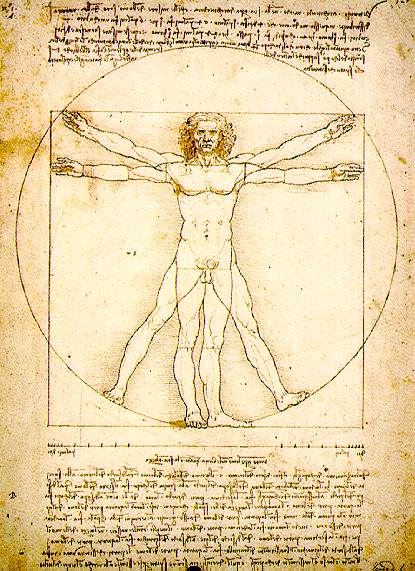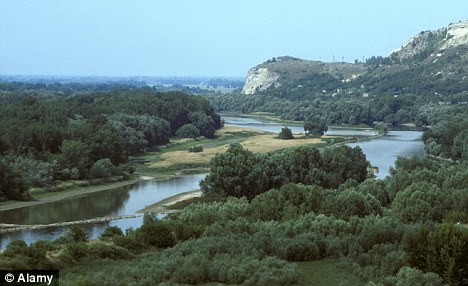Leo’s Crown Jewel
 A lost mural by Leonardo da Vinci is believed to have been discovered on a hidden wall behind a 16th century fresco in Florence.
A lost mural by Leonardo da Vinci is believed to have been discovered on a hidden wall behind a 16th century fresco in Florence.
The discovery comes after traces were collected using tiny probes inserted into a wall covering the original surface in a lavish hall in the Palazzo Vecchio, one of the city’s most famous buildings.
Researchers found an air gap of around 3cm (1.2in) in some places between the old wall and the new wall built in front of it on which artist and art historian Giorgio Vasari had painted The Battle of Marciano.
The hidden mural contained a black pigment used in Da Vinci’s famous Mona Lisa painting. The probes also discovered red lacquer and brown pigment on the hidden wall which, researchers said, indicated the wall had a fresco painted on it.
The mural, begun in 1505, was painted to commemorate the 15th-century victory by Florence over Milan at the medieval Tuscan town of the same name. Da Vinci left it unfinished a year later when the colours began to run and he left the city. Despite the problems with the colours, the fresco was praised by the Renaissance genius’ contemporaries for what Vasari called its “graceful beauty” and Flemish Baroque painter Peter Paul Rubens drew a famous copy of it.









